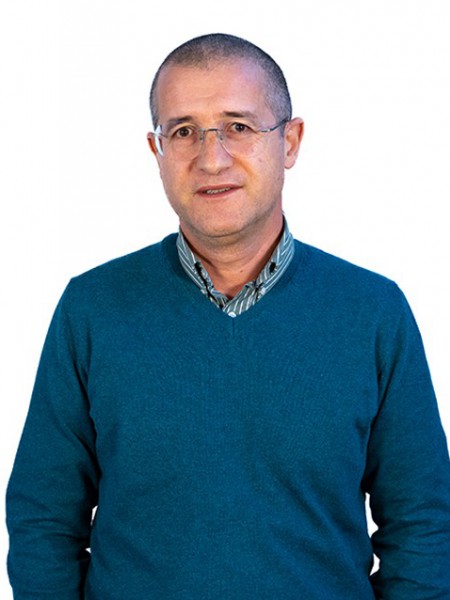abstract
Turkish oak (Quercus cerris) cork is an interesting source of friedelin, a bioactive triterpenoid. In this work, the supercritical fluid extraction of Q cerris cork was carried out in order to measure cumulative curves for both total and friedelin extraction yields (eta(total) and 17 eta(friedehn)) The influence of particle size and ethanol (CO2 modifier) content were assessed in the ranges of coarse particles to >80 mesh size, and 0-5 wt.%. The 14 experimental curves were modeled using the broken plus intact cells model, being attained global errors of only 4.43% (eta(total) and 4.25% (eta(friedehn)). Moreover, an analysis of the extraction periods allowed to get insights on the impact of the operating conditions on the duration and yields attained under the constant extraction rate (CER) period. Finally, an assessment of the selectivity to friedelin was also accomplished, being concluded that intermediate particle sizes (40-60 to 60-80 mesh) are preferable for uptaking friedelin, and also that the ethanol addition favors the competitive removal of this compound but only up to a limiting extent. In the whole, this article documents the influence of particle size and ethanol content can affect the production of friedelin-enriched extracts by supercritical fluid extraction, enhancing eta(total) up to 230% and eta(friedehn) up to 353%. (C) 2017 Elsevier B.V. All rights reserved.
keywords
EUCALYPTUS-GLOBULUS BARK; GRAPE SEED OIL; FLUID EXTRACTION; TRITERPENIC ACIDS; CARBON-DIOXIDE; EICHHORNIA-CRASSIPES; CHEMICAL-COMPOSITION; OPERATING-CONDITIONS; EXPERIMENTAL-DESIGN; ECONOMIC-EVALUATION
subject category
Engineering
authors
de Melo, MMR; Sen, A; Silvestre, AJD; Pereira, H; Silva, CM
our authors
acknowledgements
This work was developed in the scope of the project CICECO-Aveiro Institute of Materials (Ref. FCT UID/CTM/50011/2013), financed by national funds through the FCT/MEC and when applicable co-financed by FEDER under the PT2020 Partnership Agreement. Authors thank also funding from CEF Research Center (Pest-OE/AGR/UI0239/2014) and the post doc scholarship of Ali Sen.




